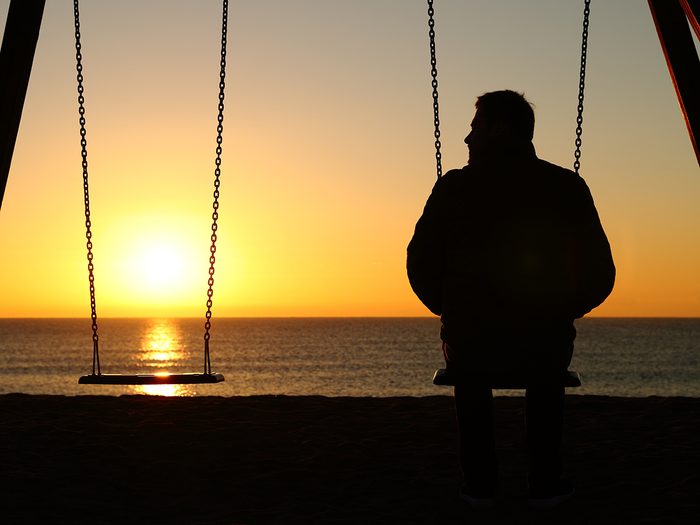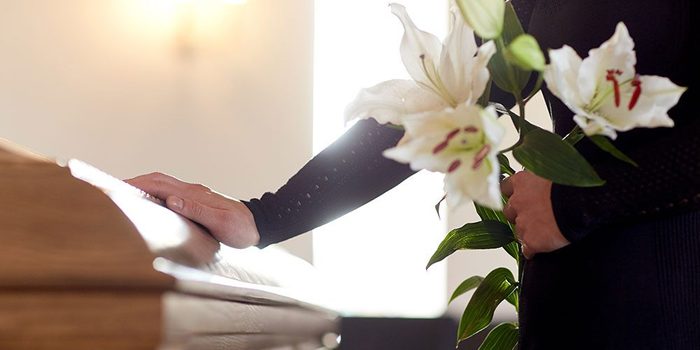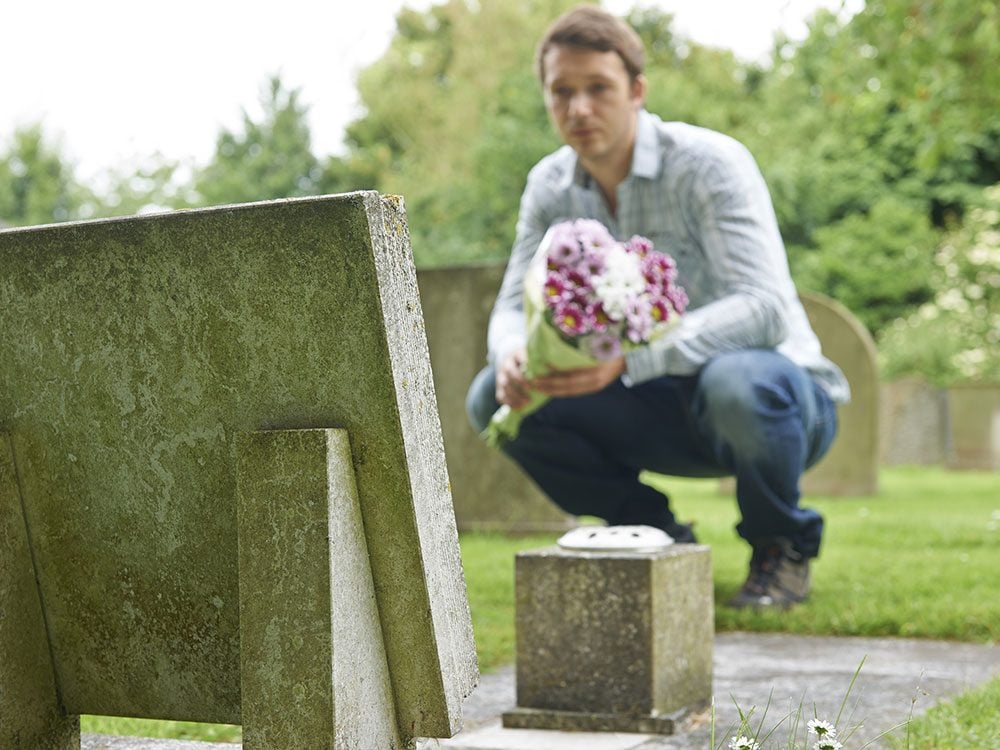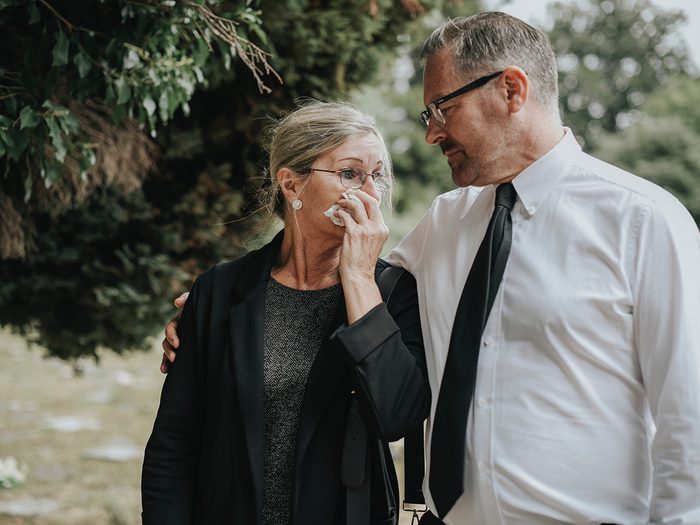
How to Deal With Loss
On October 7, 2015, before the sun had risen at home in Canada, I was awoken by a phone call during which I learned one of my dearest friends had died. Jacob had been a schoolmate at my junior college in Singapore. I’d been drawn to his gargantuan personality, impeccable baking skills and love for his pals. At 25, his heart had suddenly stopped beating.
While friends in Singapore planned for the wake and how best to support his family, I haplessly apologized for not being able to afford a flight back. I felt numb but somehow still functional. I’d dealt with loss in my family before, but Jacob’s death was unique: he was the first out of my chosen family of friends to die. All of us shared the sense of immense loss, but I felt alone in my struggle with it, because I was miles away from the rest of the group.
The fact is, while grief itself might be universal, living with loss tends to isolate more than it unites and can make you unsure about how to process your feelings. Thankfully, bereavement professionals can offer insights on how to deal with loss and ultimately, come to terms with the death a loved one.

Identify Your Grief Response
While reactions to death will differ from person to person, learning how to deal with loss begins with understanding the nature of your own situation.
“Grief is your internal response to loss,” says Dr. Alan Wolfelt, director of the Center for Loss & Life Transition in Fort Collins, Colorado. After someone dies, he explains, grief presents itself as a constellation of feelings that can range from sadness to shock to disorientation to anger. Most often, it is expressed in predictable ways, be they physical (loss of appetite, insomnia or difficulty concentrating) or emotional (yearning, regret or even relief). “There are different dimensions of response to loss unique to the individual and impacted by the circumstances of the death and the relationship to the person who has died,” says Wolfelt.
Identifying your particular reaction to losing a loved one will help you decide what tools you need to navigate it. But whatever that may be, Wolfelt stresses you should not feel badly for having intense reactions. A grief counsellor can help you begin to pay attention to the areas that need a bit more work. (Here are 10 signs you could use the help of a therapist.)
“Emotions need motion,” Wolfelt says. “Mourning puts your emotions into motion, and they will usually soften over time.”

Reconcile With the Loss
When learning how to deal with loss, it’s common to look forward to a time when the pain will completely disappear, but at least one expert in the field suggests a different goal.
“A lot of people feel like they’re not doing grief ‘right’ because they’re not attaining this so-called ‘closure,’ and we need to reframe these expectations,” says Andrea Warnick, a registered psychotherapist and grief counsellor based in Toronto. “I’m not trying to help anyone ‘get over’ or ‘move on’ from anyone who has died.”
Instead, she helps people living with loss stay connected with the deceased. Comfort with talking about the dead and remembering them is a sign that the loss has been integrated into your life and is less likely to create barriers to intimacy or psychosomatic distress moving forward. Warnick suggests allowing yourself to miss the deceased and even embrace reminders of the person. Sometimes, she says, it’s helpful for the bereaved to address any unfinished business with the dead by writing a letter to them.
Warnick also prepares her clients for “grief bursts,” sudden rushes of emotion triggered by scents, foods or places associated with the deceased. Sometimes, Warnick says, “They come out of the blue, with no obvious triggers.” She emphasizes that these surges are completely natural and nothing to worry about. “We’re not trying to mitigate those feelings. If you’re in the car and the person’s favourite song comes on, pull over and allow yourself to weep.” Breathing and mindfulness techniques, she adds, can also help in these moments.
These floods come further apart as time passes, they may never disappear. “If you talk to an 80-year-old woman whose child died 60 years ago, she’s still going to be grieving,” Warnick says. “‘Time heals all’ is inaccurate.”
This practical guide to end-of-life planning can save your loved ones plenty of heartache—and money—later on.

Find a Circle of Support
Grief and mourning are words often used interchangeably, but Wolfelt says there’s an important distinction between the two. The former, he explains, is a personal reaction to loss, while mourning “is the external, shared response, or what I’d call ‘grief gone public.’” Mourning begins with ceremonies like funerals and wakes. As hard as it is, seeing a supine, lifeless body is sometimes the only thing that makes the unreal real. “You may know it intellectually but not emotionally or spiritually,” Wolfelt says. “And a big part of mourning is integrating that loss from your head to your heart.”
These events also provide a context within which to share memories of the departed, validate your grief and access a community that prevents you from feeling isolated. That assistance, says Wolfelt, shouldn’t end there. “In what I call a buck-up, move-on culture, we can’t identify people who are grieving,” he says, adding that it’s consequently important for them to seek ongoing support. Those looking for groups can contact their local hospital or use online resources like the Canadian Virtual Hospice.
For immigrants like me, regular jet-setters and members of families spread out across many countries, distance is a complicating factor when living with loss because it isolates us from the communities where healing would begin. Grieving without the friends I’d had in Singapore meant I had to take tiny steps alone, and I never considered reaching out to a support group or relying on close friends in Canada who didn’t know Jacob. Looking back, I wish I had done those things. Finally, after many years, I’m ready to take that leap.
Next, find out seven things you should never say at a funeral.